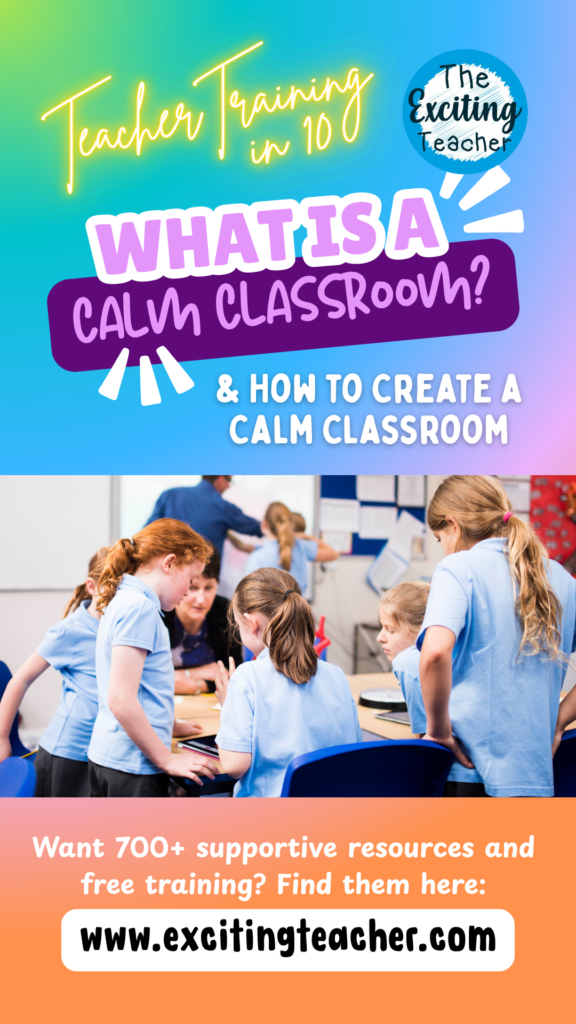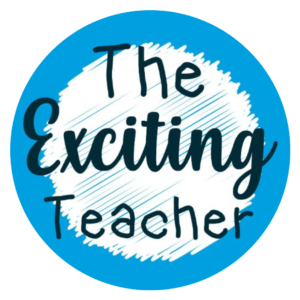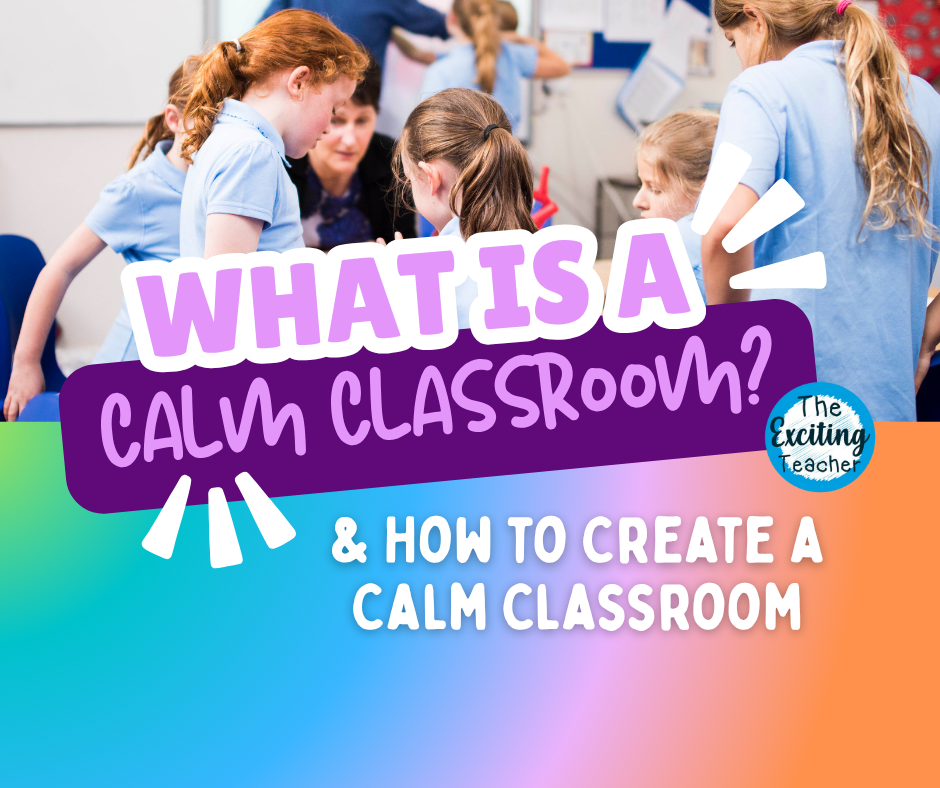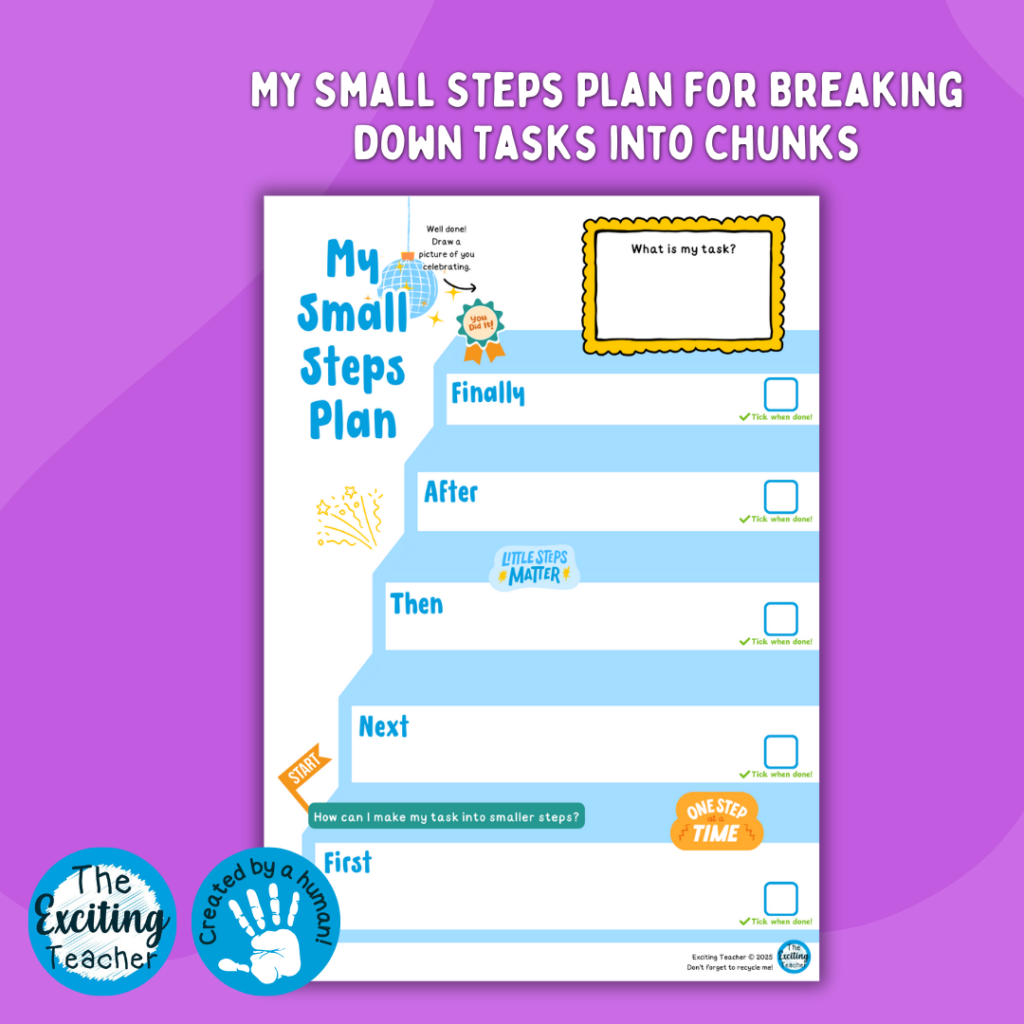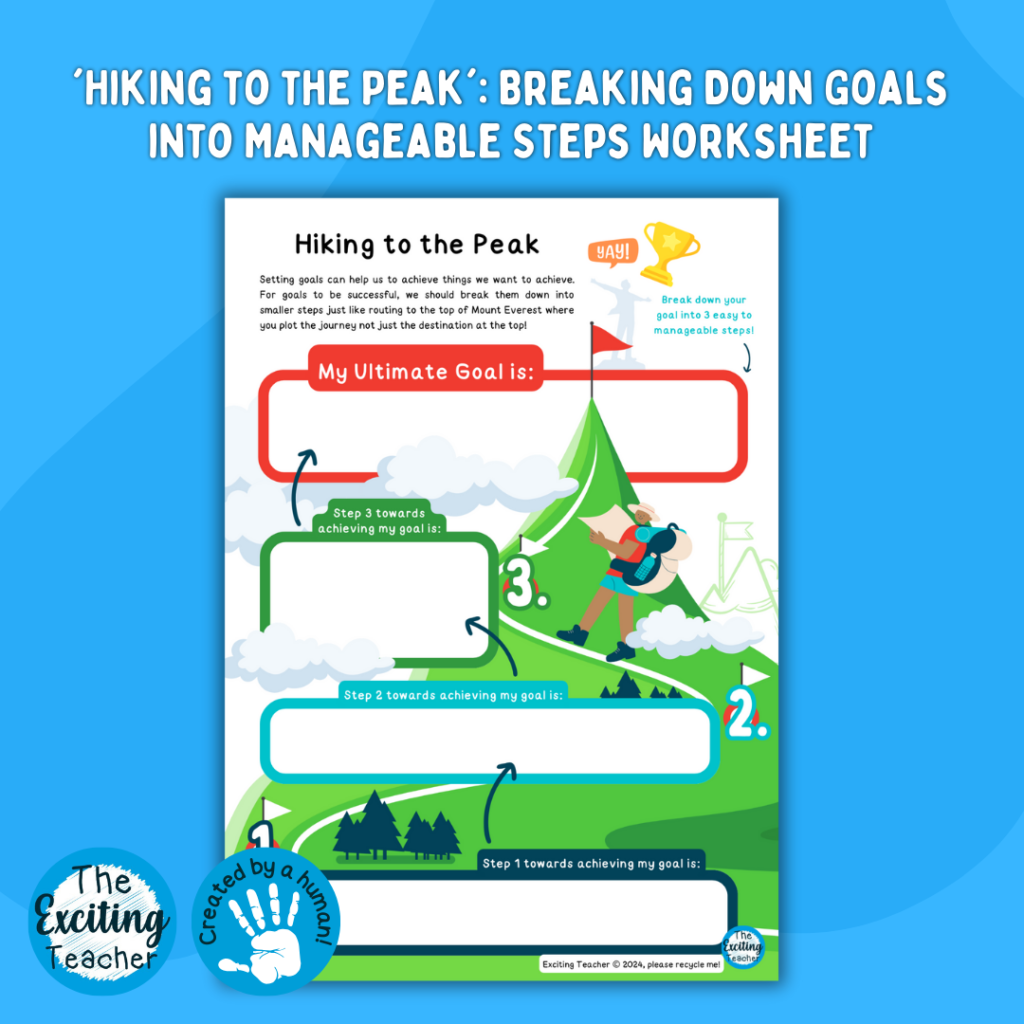Ever heard the phrase “calm classroom” and thought… “Yikes, that sounds dreamy, but is it actually possible?”.
The answer is yes — and not only is it possible, it’s powerful.
A calm classroom isn’t about silence or perfectly behaved children (I mean, what does that even look like anyway? I’m not sure we’d even want that!). It’s about creating a space where children feel emotionally safe, regulated, and ready to learn. It’s where relationships come first, nervous systems feel soothed, and every child is met with understanding — not just expectation.
🌿 Why Does a Calm Classroom Matter?
In calm classrooms, children are better able to focus, regulate their emotions, and interact positively with others. They’re less likely to become overwhelmed and more likely to build the kinds of learning habits that stick. Calm supports connection, cognition, and confidence — and let’s be honest, that benefits everyone. I always remember the end-of-day Teacher headaches I used to have when I first started teaching, oh geez.
🛠️ How Do You Create One?
You don’t need a total classroom makeover to begin because seriously, who has time for that. Start with these gentle, easy to get started with but effective steps:
- Check-in moments: Use daily feelings charts or Scribble-style characters to open conversations.
- Predictable routines: Visual timetables and clear transitions reduce anxiety and support independence.
- Mindful minutes: Try simple breathing, grounding games, or calming stories to reset the energy. We’ve got The Wellbeing Nook for digital interactive resources and videos to support you in your classroom with this, click here to find out more about the Wellbeing Nook.
- Soothing visuals: Keep displays calm and uncluttered, using soft tones and clear labels.
The goal? Not perfection. Just progress towards that dreamy classroom of somewhat calmness.
🎥 Want to See It in Action?
Watch my video, “What Is a Calm Classroom and Why Does It Matter?”, and get inspired with strategies that work.
Let’s create calmer, kinder classrooms — together.

Article contributed by: Channon Gray
Exciting Teacher Founder, Former Primary School Teacher & Current NHS Education Mental Health Practitioner (EMHP).
Helpful Resources:
Share on:
Pin this:
